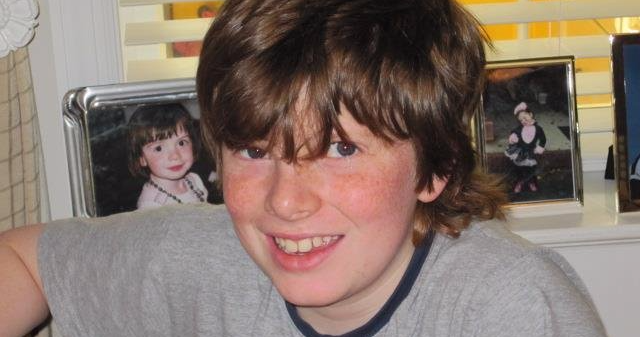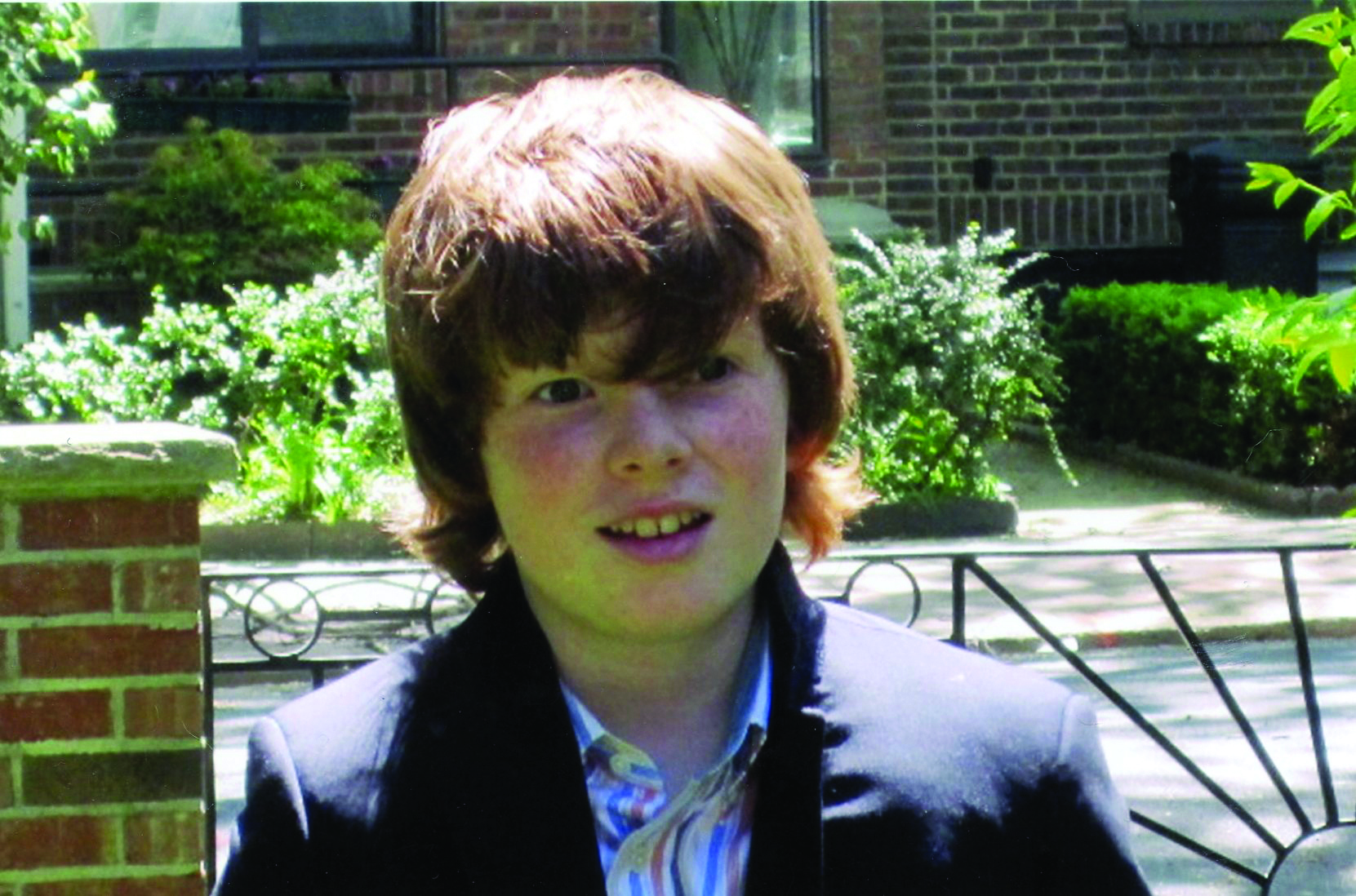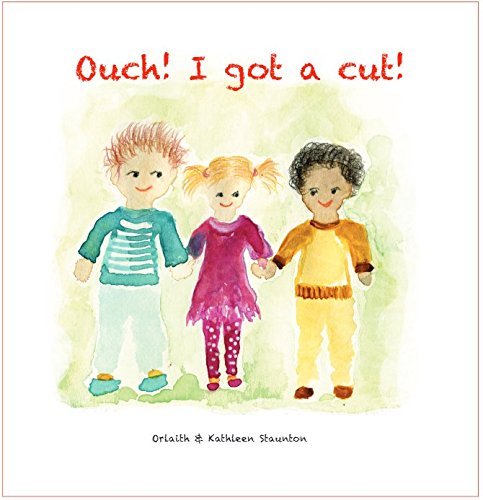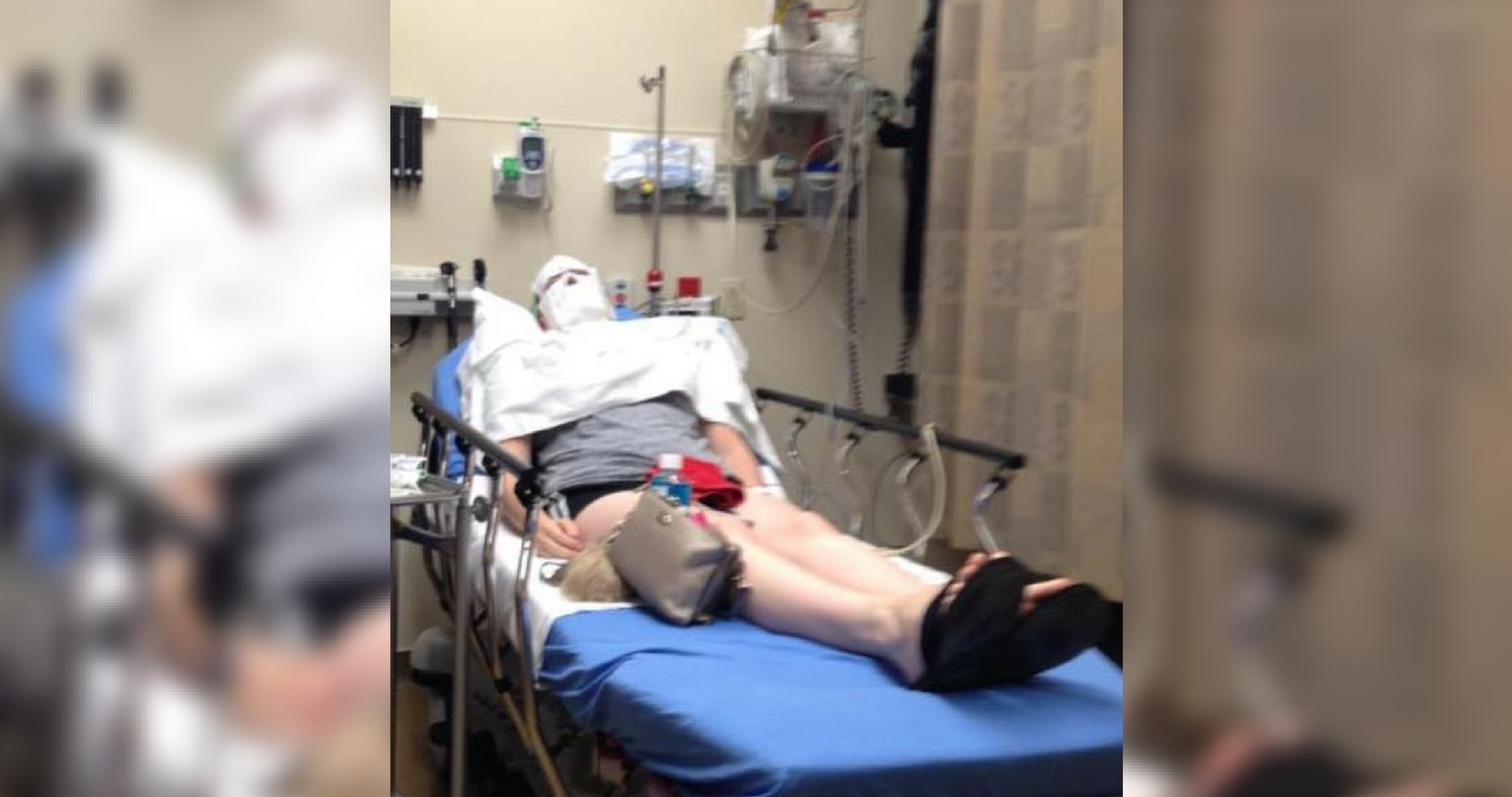When you send your kids to school, you expect them to be safe. Sure, there are crazy situations beyond your control, but for the most part you know the teachers and staff will do whatever it takes to make sure your child is alright.
For Rory Staunton, his parents were left grieving the loss of their son after a normal fall in gym class.
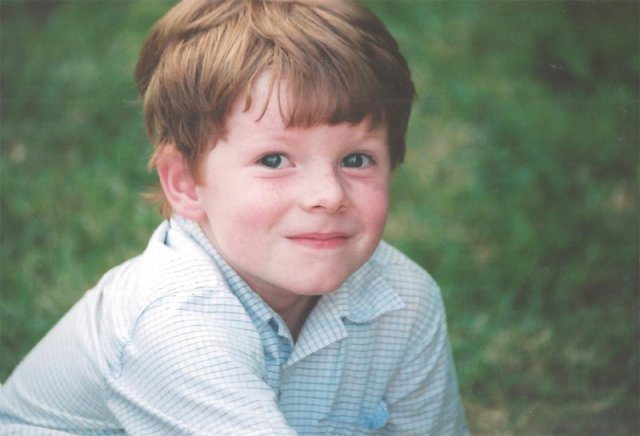
In March 2012, Rory was in gym class when he dove for a ball and fell and cut his arm. Even though the school nurse was on duty, the gym teacher just decided to put two Band-Aids over the cut without cleaning it first.
The next day, Rory had a 104-degree-fever and was complaining of leg pain. His parents took him to his pediatrician where he was promptly rushed to the emergency room. Doctors concluded he was suffering from dehydration, so they gave him fluids and an anti-nausea drug.
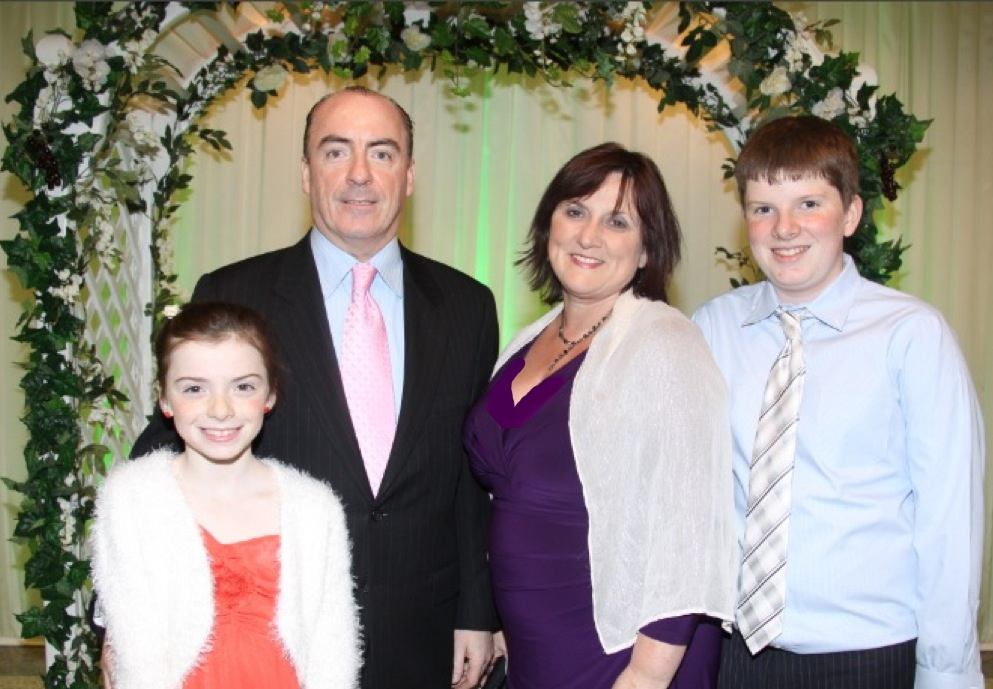
On Friday, Rory's fever still hadn't broken and he was brought back to the emergency room. Doctors admitted him to the Intensive Care Unit, telling his parents their son was fighting for his life.
By Sunday night, Rory was dead.
So what happened in those two days that caused Rory Staunton to lose his life?
When Rory was admitted to the ICU, his body was in septic shock. Bacteria had gotten into his blood through the cut on his arm and had spread throughout his body.
"It's just astounding," Orlaith Staunton, Rory's Mother, said. "When Rory died, I thought, "˜This has to be something really rare.' Our son was 160 lbs. He was nearly 6 ft. tall. I did not think there was anything that could kill him within four days that I wouldn't know about. And there was. And it's the biggest killer of children in the world."
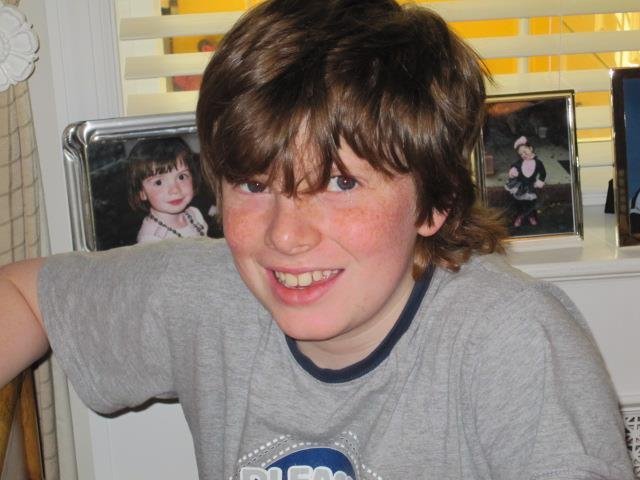
Sepsis kills 6 million babies and children each year, and in the United States, more than 250,000 people die from the infection. That number is more than breast cancer, AIDS, and strokes combined.
Though sepsis is preventable, treatable, and curable, it's hard to diagnose. Generally it presents itself as a less serious ailment and doctors can't always decipher what's going on.
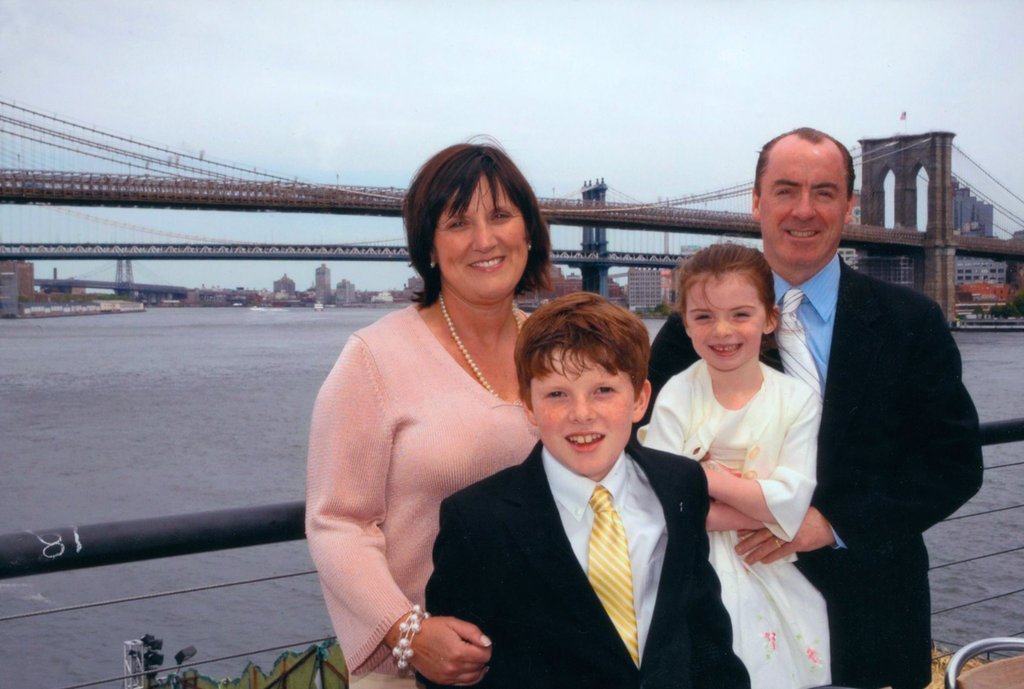
"We lost 25 percent of our family," Rory's Dad, Ciaran, said. "But between 1 and 2 million people died since Rory died. Our point was we had never heard about sepsis before he died. And yes, many people would have curled up "” and we their have been mornings we felt like curling up. But we were angry. Sepsis was killing nearly 3.5 million people when Rory died, and the government agencies weren't doing anything about it. We organized the first series on the United States Senate on sepsis and when we met the members of the Senate, they didn't have a clue what we were talking about. Can you imagine them saying, "˜Well, we never heard of that?' It was almost like, "˜Are you sure?'"
Instead of being angry, the Stauntons decided to do something about
The Staunton family is now working to educate Americans about the dangers of sepsis. They are personally funding a movement that will make people more aware of the dangers of sepsis.
"We're not looking for a cure for it," Orlaith said. "The cure is antibiotics and fluid. But the cure is also identification. And we need to give that knowledge and that power to parents, to children, and we need them to be able to be their own advocates. We're not waiting for this amazing cure "” we know the cure."
The Rory Staunton Foundation petitioned the state of New York in 2013, and they became the first state in the country to establish "Rory's Regulations", which is a set of sepsis protocols developed for screening and treating sepsis. More than 5,000 lives in New York have been saved because of these regulations.
"Rory wouldn't sit around "” he wasn't a passive kid, he was very involved in causes and very involved with a lot of social issues," Orlaith explained. "He would have wanted us to do something about this."
The foundation has also released a children's book called Ouch! I Got A Cut!
"We're very excited about it," Orlaith said of the book. "We really felt there was a real need to return to the basics of first aid. And we thought of an idea of having a campaign that would be the three C's: Cut, Clean and Cover. If you get a cut, you clean it and then cover it. It's a simple message but a really crucial one of children being aware of their bodies and what can happen to them."
"The book will make a difference and it's really great that little kids are going to learn in a non-scary way how to treat their wounds," she continued. "We all know that our children didn't need to die and we don't want other parents to go through what we went through. It's a life sentence and we want to make sure other families don't have to go through it."
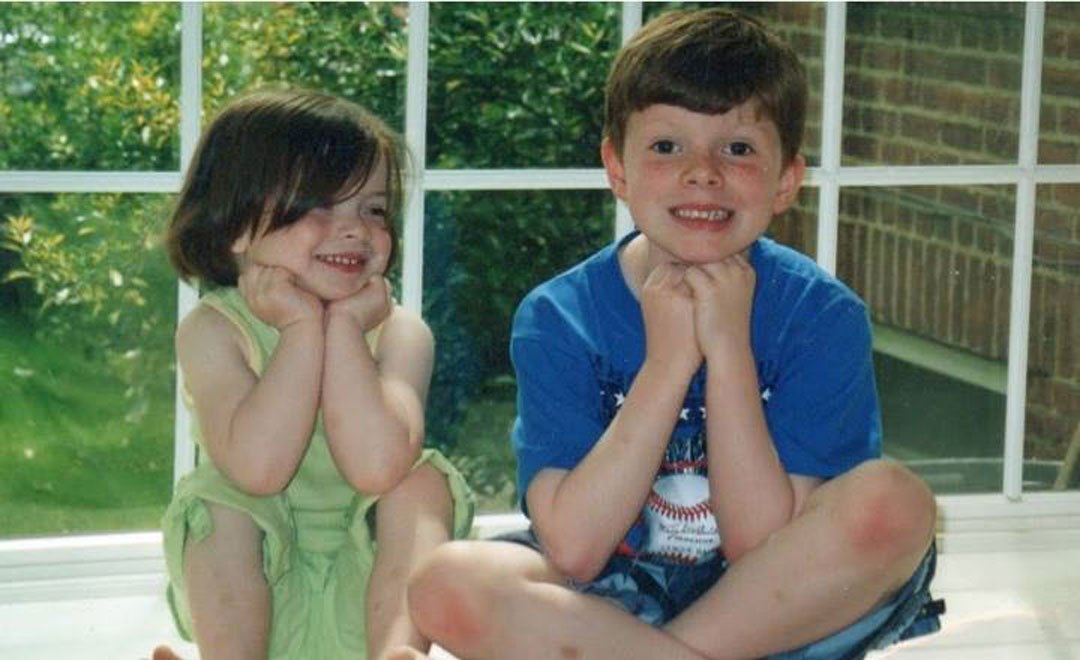
"Every morning we wake up to the same nightmare that was there five years ago," Orlaith says. "There's a reward for our work in knowing that we're helping people and working to make a difference in the world, which is what Rory wanted to do and what our daughter wants to do. But there's no comfort in our grief. He's not here. The nicest thing of all would be able to go home and tell him, "˜He listen, guess what I did today.' And he's not there."
Share this so other parents know the danger of sepsis!
